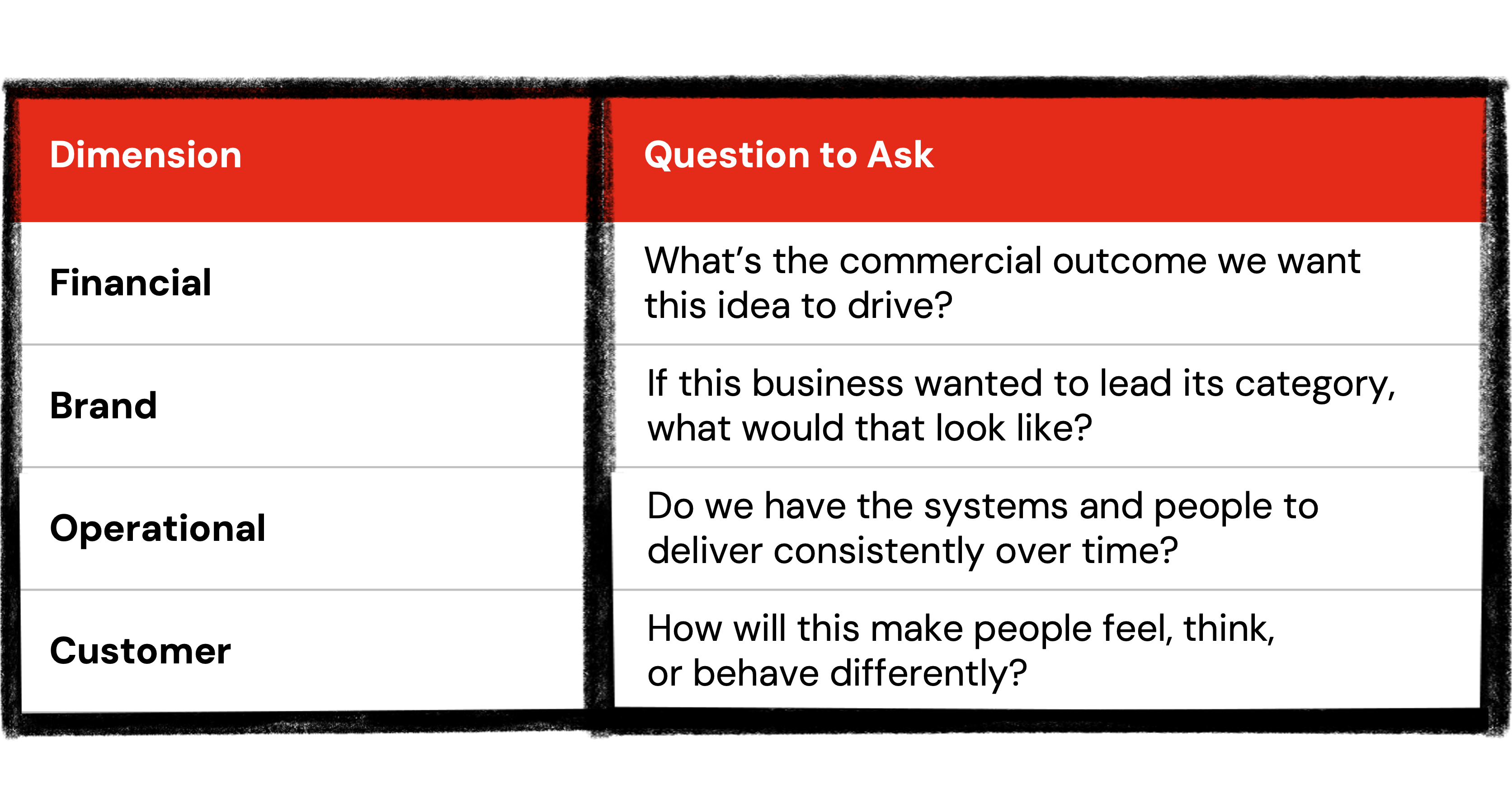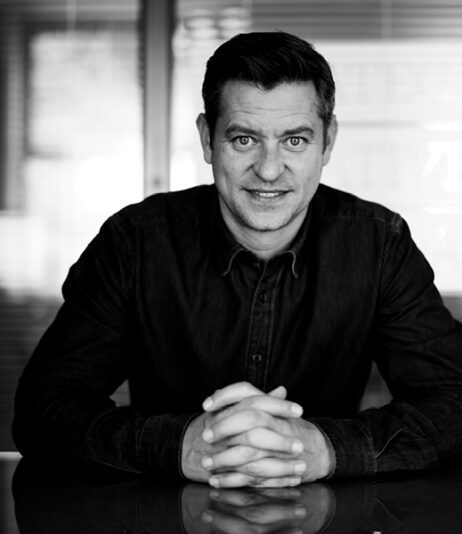Closing the Creative Ambition Gap in B2B Marketing

Every marketer starts with ambition.
Agencies aim to create work that moves people. Clients want creativity that drives growth and sets them apart.
History shows the power of this kind of ambition. In 15th century Florence, Cosimo de’ Medici negotiated with the King of France not for gold or territory, but for permission to use the royal fleur-de-lis as his family emblem — transforming a financial transaction into a statement of brand power. That same vision drove the Medici to patronise artists, philosophers, and scientists, creating a culture where creativity and commerce reinforced one another — what later became known as the Medici Effect.
Yet somewhere between the brief and the final output, that same ambition fades. Layers of sign-off, fear of risk, and short-term KPIs all conspire to dilute what began as a bold idea into something safe and forgettable.
That’s what I call the Creative Ambition Gap: the space between what we set out to create and what actually makes it to market. The space where brands fail to realise the commercial benefits of their own Medici Effect.
And it’s costing B2B brands the chance to build long-term value.
Why Ambition Matters
The data is overwhelming: ambitious creativity is one of the most effective commercial investments a business can make.
Whilst in the 15th century belief in this may have been just a hunch or personal experience, today we have a wealth of marketing science to substantiate it.
Peter Field and Les Binet, in their work for the LinkedIn B2B Institute, found that long-term brand building drives far greater profitability than short-term sales activation. Their 60/40 principle — roughly 60% brand, 40% demand — holds true in B2B as it does in B2C.
WARC’s Creative Commitment study shows that campaigns with greater “creative commitment” — measured by duration, budget, and multi-channel presence — are up to five times more likely to deliver strong business results.
The IPA Databank consistently finds that creatively awarded campaigns outperform others in market share growth, profit, and customer lifetime value.
Good creativity isn’t window dressing — it’s sound commercial strategy.
Why B2B Struggles
So if the evidence is clear, why does the Creative Ambition Gap persist?
- Short-termism: Campaigns are built around quarterly reporting cycles rather than multi-year buying journeys.
- Risk aversion: The fear of internal rejection leads to consensus-driven work that’s easy to approve but impossible to recall.
- Misaligned metrics: Success is often measured by clicks, impressions, or MQLs — not by brand strength, distinctiveness, or conversion quality.
The result is a cycle of functional, low-impact marketing that delivers incremental results but never compounds into real brand equity.
Rewriting the Brief: The Investment Memorandum
One practical way to close the gap is to borrow a mindset from venture capital.
Before funding a new business, VCs create an investment memorandum — a simple framework for articulating the potential of an idea across four lenses:

We find this a powerful format to use with clients, often alongside annual planning, to assess and benchmark how creative ideas can be deployed in a business context. It’s about balancing risk with reward — but as Peter Field notes, “The biggest risk is not taking one.”
Playing safe might protect a budget, but it won’t grow a brand.
From Ambition to Advantage
To move creativity from ambition to competitive advantage, marketers need to bring structure to how they justify investment. Determination and endurance are required to convince board members who still see creativity as “the colouring-in department.”
This is about ambition — so the first step is to set that ambition. Define the North Star. Without this, what are you striving toward? It could be to lead your category, become the most recommended brand, or be recognised for innovation.
- Align creativity to commercial outcomes. Get ‘brand’ on the balance sheet. Treat it as a revenue centre, not a cost.
- Embrace risk. If the work doesn’t make you slightly nervous, it probably won’t make anyone else feel anything either.
- Measure over buying cycles, not financial quarters. Give ideas time to compound. Enduring creativity, like the Medici’s influence, grows stronger and more valuable over time.
The Medici didn’t build their legacy overnight. They built it by backing ideas that were bold, long-term, and creatively ambitious — the same qualities that separate the best modern brands from the merely functional.
So as you approach your next campaign, ask yourself:
Are you settling for the safe and familiar?
Or are you ready to think like a modern Medici — using creativity not just to attract attention, but to build something that lasts?
A newsletter actually worth reading
We dislike spam as much as you do. So we promise to only grace your inbox when we’ve got something valuable to say.


